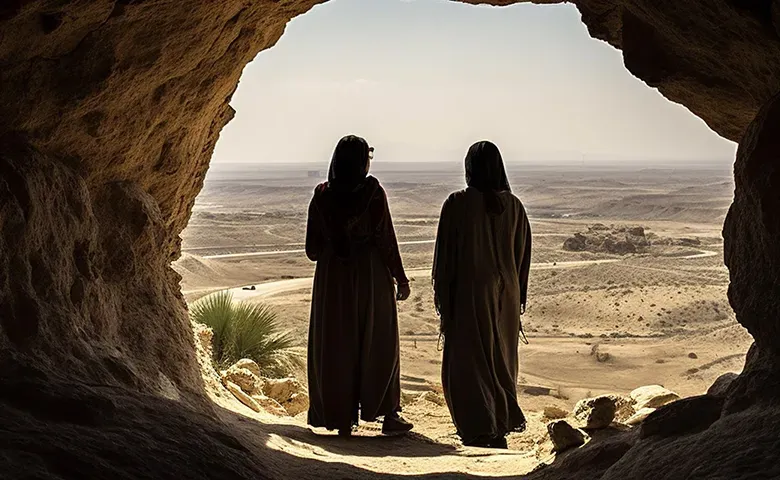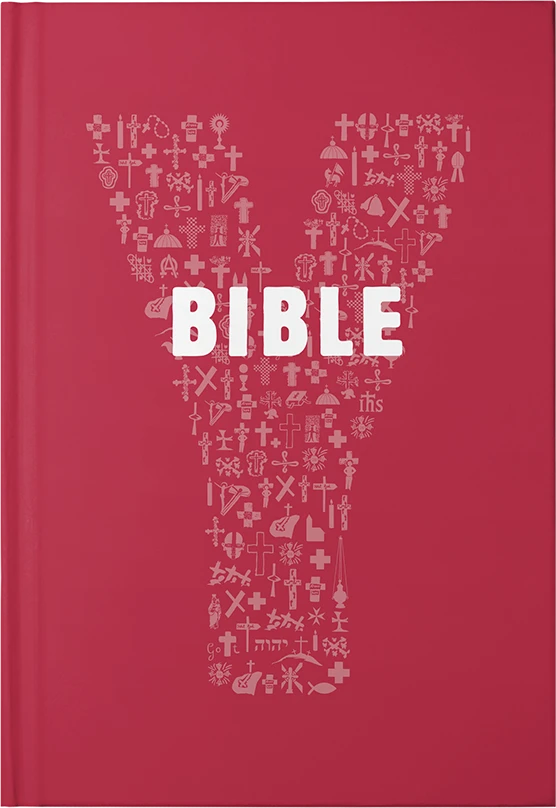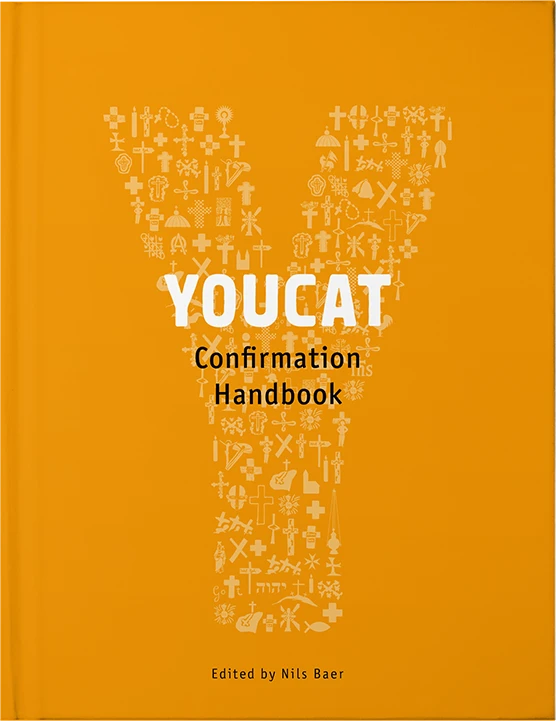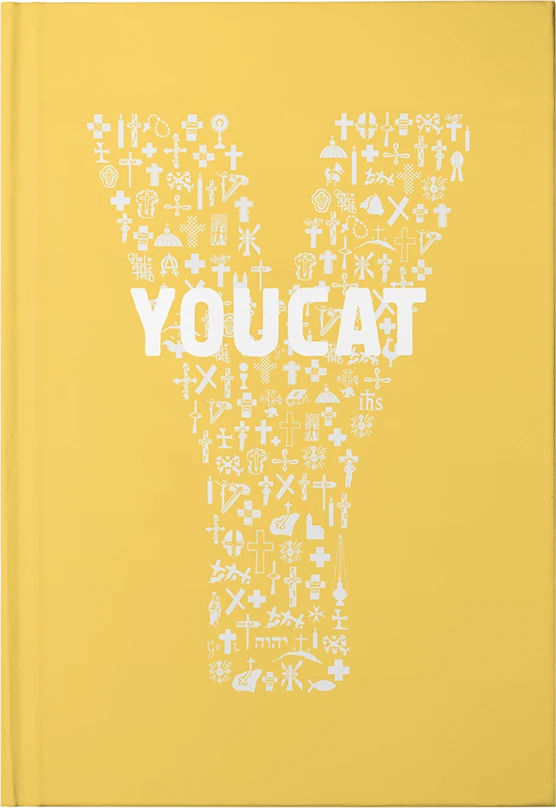

Credopedia
Visitation of the Virgin Mary
The Church commemorates Mary’s pregnant visit to her older cousin Elizabeth, who was also expecting a child.
What is it?
The “Visitation of the Virgin Mary” is the ancient name of a feast celebrated in the Catholic Church on July 2 (in some countries on May 31). The Church commemorates Mary’s pregnant visit to her older cousin Elizabeth, who was also expecting a child. Thus, Jesus and the prophet John are already within them, whose paths would – later on – be closely linked.
What does the Holy Bible say?
The evangelist Luke (Lk 1, 39-40) relates that, shortly after the miraculous conception of Jesus, Mary went to visit her cousin Elizabeth, who was much older than she was. We do not know where exactly she went; we are only told that Mary went to “a city in the hill country of Judea.” Elizabeth was married to Zechariah, an Aaronite priest. The couple had been barren for a long time, which in the Jewish context of the time was interpreted as a sign of God’s remoteness. Now, however, Elizabeth was six months pregnant. The two women remained together for about three months, until just before John was born. The greeting of the two women is presented as a prophetic event. Elizabeth feels the child “leap” in her womb; we are told that Elizabeth “was filled with the Holy Spirit and cried out loud, “Blessed are you among women, and blessed is the fruit of your womb. Who am I, that the mother of my Lord should come to me?” (cf. Lk 1, 41-43). Elizabeth, then, was the first to recognize Jesus in the power of the Holy Spirit. This is the reason the theologian Mary Healy has spoken of the “first missionary journey” in the history of Christianity through Mary. Mary is also filled with the Holy Spirit; in response to the prophetic discourse of her cousin, she pronounces the imperishable Magnificat: “Mary exclaimed: -My soul proclaims the greatness of the Lord, and my spirit rejoices in God my Savior: for he has looked upon the lowliness of his handmaiden; for behold this, from now on all generations will call me blessed…” (Luke 1, 46-55).
A short YOUCAT-Catechesis
Seers
Whenever a year comes to an end, the media take stock of what has happened this year. Rarely do we turn to see the guild of astrologers, prophets, cartomantics and clairvoyants who at the beginning of the year have predicted the future. At this point it would be possible to check: did they know? Most of the time, the descendants of Nostradamus turn out to be charlatans. But that does not stop journalists from booking another appointment with a person with paranormal gifts for January 2. A story about what is “certain” to happen in the future always comes in handy.
The phenomenon of clairvoyance is almost as old as mankind. Not only Greek mythology is full of seers. Especially with wars and campaigns, they were so risky that people wanted to know in advance in which way the favour of the gods was leaning.
Seers in the Bible
The seers, who also exist in the Holy Scriptures, did not draw their information from the oracular techniques of ancient peoples, such as observing the liver, analyzing the flight formations of birds or interpreting rising smoke. The Old Testament prophets lived in a world in which God had shown himself to be someone who responded, who had a name, who spoke. Besides, Yahweh had shown himself to be a God who acted reliably and who was not like the capricious, ill-tempered, corruptible gods of the Greek Olympus.
The seers of the Bible were not prophets by profession, but by vocation, that is, by a call from God. YOUCAT 116 says: “In the old covenant God chose men and women who were willing to let themselves be made by him into comforters, guides and admonishers of his people. It was the Spirit of God who spoke through the mouths of Isaiah, Jeremiah, Ezekiel and the other prophets.” The field of their mission was not chosen by them. And the mandate for their mission came from above, through inspirations, dreams and faith certainties experienced in prayer.
We imagine these prophets as towering men with huge beards, angular figures who hurl divine messages of hope and make kings tremble: men like Isaiah, Jeremiah, Elijah or Amos. But few know that there were also prophetesses. There was a Deborah (Judges 4,4), a Miriam (Ex 15,20), a Huldah (2 Kings 22,14ff), an Anna (Lk 2,36), and so on. However, in almost no enumeration do we find the name of Elizabeth. This can only be qualified as an authentic failed act. For if prophesying means “to see what is hidden and to announce it,” then Elizabeth was number one in the category of prophet/prophetess and not number 327. And if we say that Mary was “full of Grace”, there must have been something spiritual of the same type in Elizabeth, who was the first to “see” the Lord.
Many others before Elizabeth had already “seen” that Israel’s hope would be fulfilled: one day the Messiah would come, the one with whom everything would be different. Now he is here. And Elizabeth has the powerful eyes to see him through the womb of her young cousin and proclaim him aloud. This is the greatest prophetic event in the Bible.
Elizabeth was the first of a new class of seers
And after Elizabeth’s prototype, more and more people see what “neither eye has seen, nor ear heard, nor has it passed through the heart of man” (1 Cor 2,9). God’s love is shown in a helpless baby. “In him,” says YOUCAT 7, “[God] has opened his heart to us and shown clearly for eternity his inmost being.” And this baby can transform the proud and cause “every knee to bow before him, and every tongue to confess to God.” (Cf. Rom 14,11). Noble astrologers of the East wandered the earth restless and searching until guided by the Spirit, they are stranded outside a stable and become “seers”. Seeing the child and his mother, we are told, “they fell and worshipped him” (Mt 2,11).
More seers follow: there is the fascinating blind old man Simeon in the temple in Jerusalem to whom someone places in his trembling hands a baby in swaddling clothes and he is stunned, so stunned that he may finally die because he has seen what he needed to see: salvation, “which you have prepared before the face of all peoples: a light to enlighten the gentiles and the glory of your people Israel.” (Lk 2, 30-33). And later it will be John the Baptist who will open the eyes of his people: “This is the Lamb of God who takes away the sin of the world… And I have seen and testified that this is the Son of God”. (Jn 1, 29,34). And then it is Jesus himself who invites the first disciples to learn by seeing: “Come and see! They went and saw where he lived, and they stayed with him that day.” (Jn 1,39). Some are still blind, but today people are increasingly opening their eyes. They see through the young carpenter of 1.87 meters from Nazareth and they perceive what faith proclaims, they see the “God of God, Light of Light, true God of true God”.
And Mary?
Mary receives confirmation from the outside of what until then had been pure faith. She was also a person who shares our destiny: “we walk in faith and not in vision”. (2 Cor 5,7). Mary invites us to seek the community of faith, the spiritual word of the other, the prophetic vision of those we meet along the way. In the encounter with Elizabeth, we can see the first type of “domestic Church”. People gather. Jesus is invisible in their midst. But in faith, he can be seen. In the prophetic word of the other one can experience his presence. This is the place of praise, which is always expressed in Mary’s praise, her Magnificat:
My soul proclaims the greatness of the Lord!
and my spirit rejoices in God my Savior:
because he has set his eyes on the humility of his handmaiden;
For behold, from now on all generations shall call me blessed.
For He who is mighty has done great things for me,
And holy is His Name.
He has mercy on those who fear him
from generation to generation
He has manifested the power of his arm,
He has scattered the proud in heart.
He has cast down the mighty from their thrones
and exalted the lowly.
He has filled the hungry with good things
and the rich he sent away empty.
He protected Israel his servant, remembering his mercy,
as he had promised our fathers,
Abraham and his descendants forever.
If Mary is the archetype of faith and the first in praise to God, no matter how many signs of love and veneration we dedicate to her, we do not adore her. “Mary,” says YOUCAT 149, “is a creature like us. In faith, she is our Mother. And we should honour parents. And this is like the Bible, for Mary herself says: ‘All generations will praise me’ (Lk 1,48b).”

YOUCAT Digital
Discover our digital products, which will help you to grow in faith and become missionaries yourself.







